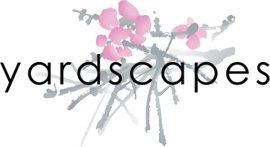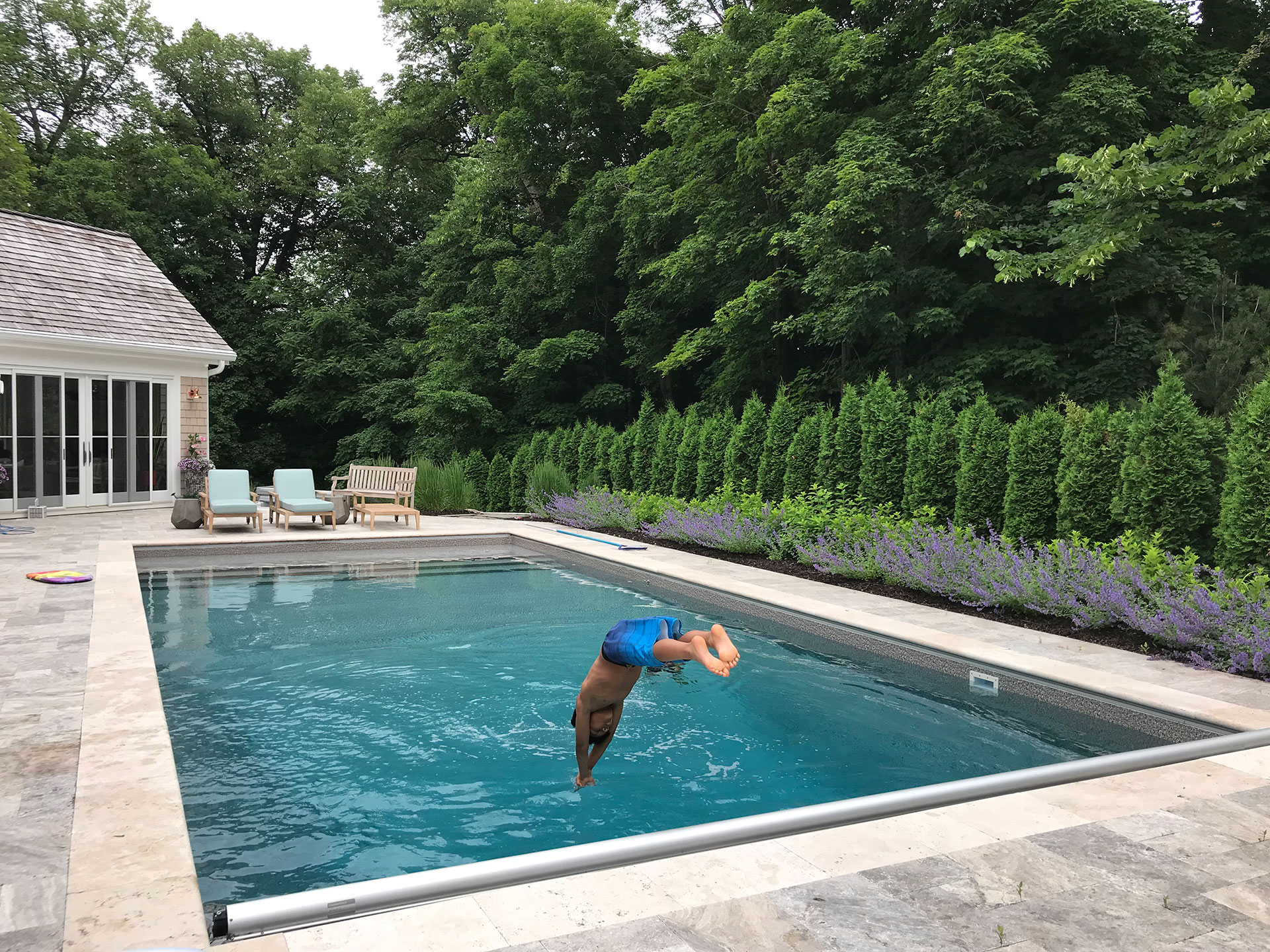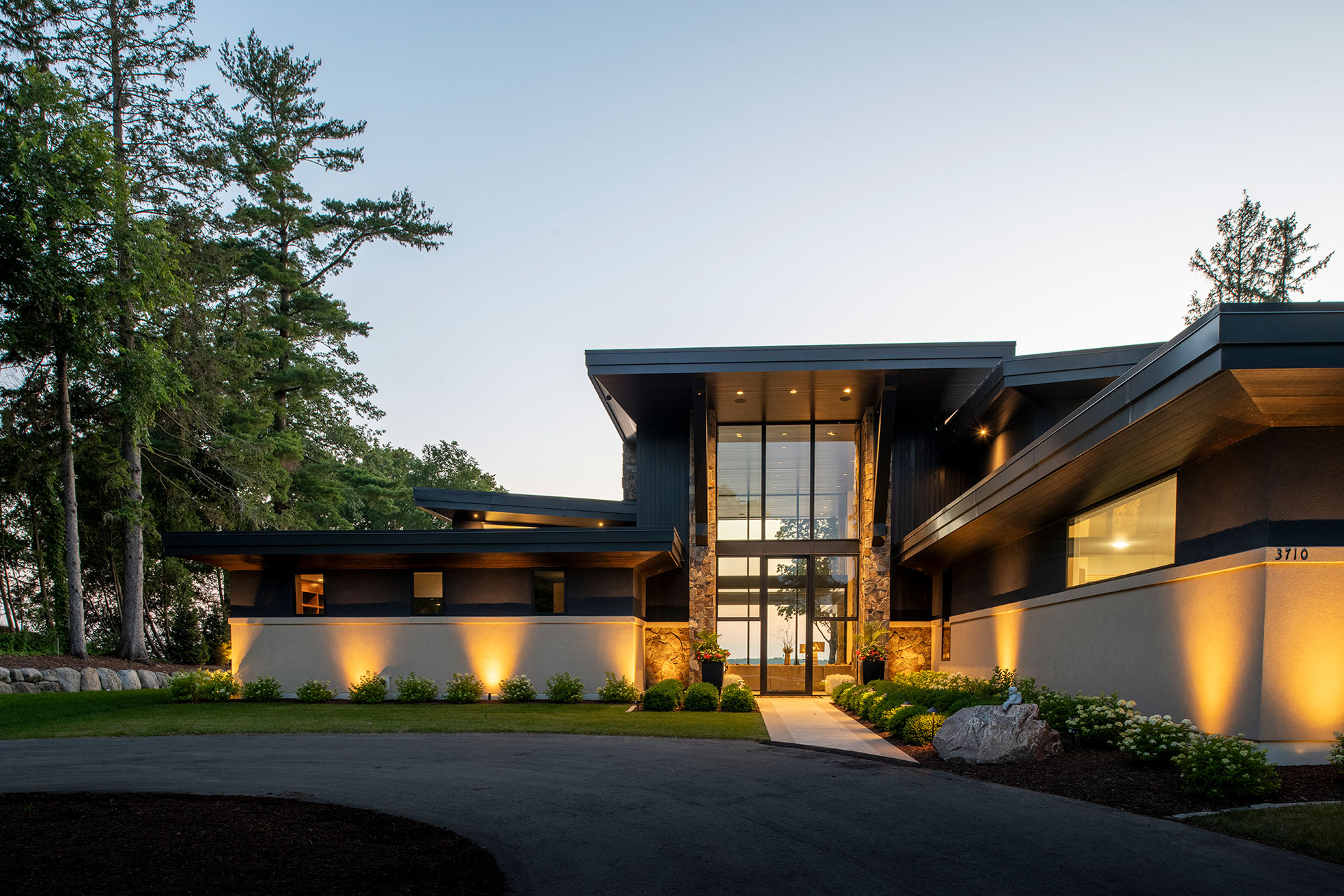I know I’m a few months behind, but I’ve been researching the truth for you all! Is NO MOW MAY a THING?
I’ve been reading up on many different platforms and informational websites about it and it seems like there has been some misleading information out there. “The initiative is great, but the education on why and the how is what is really important.”
There is a great article in our local Nursery and Landscape Association (MNLA) magazine called, The Scoop. The writer (Shay Lunseth) prefaced by saying,
“There is some confusion on what plants or ‘weeds’ are being encouraged that would actually support pollinators. Letting grass grow long DOES NOT support pollinators, nor do all spring weeds provide beneficial nutrients to pollinators. It’s the flowering plants in the grass and your landscape that provide the food”
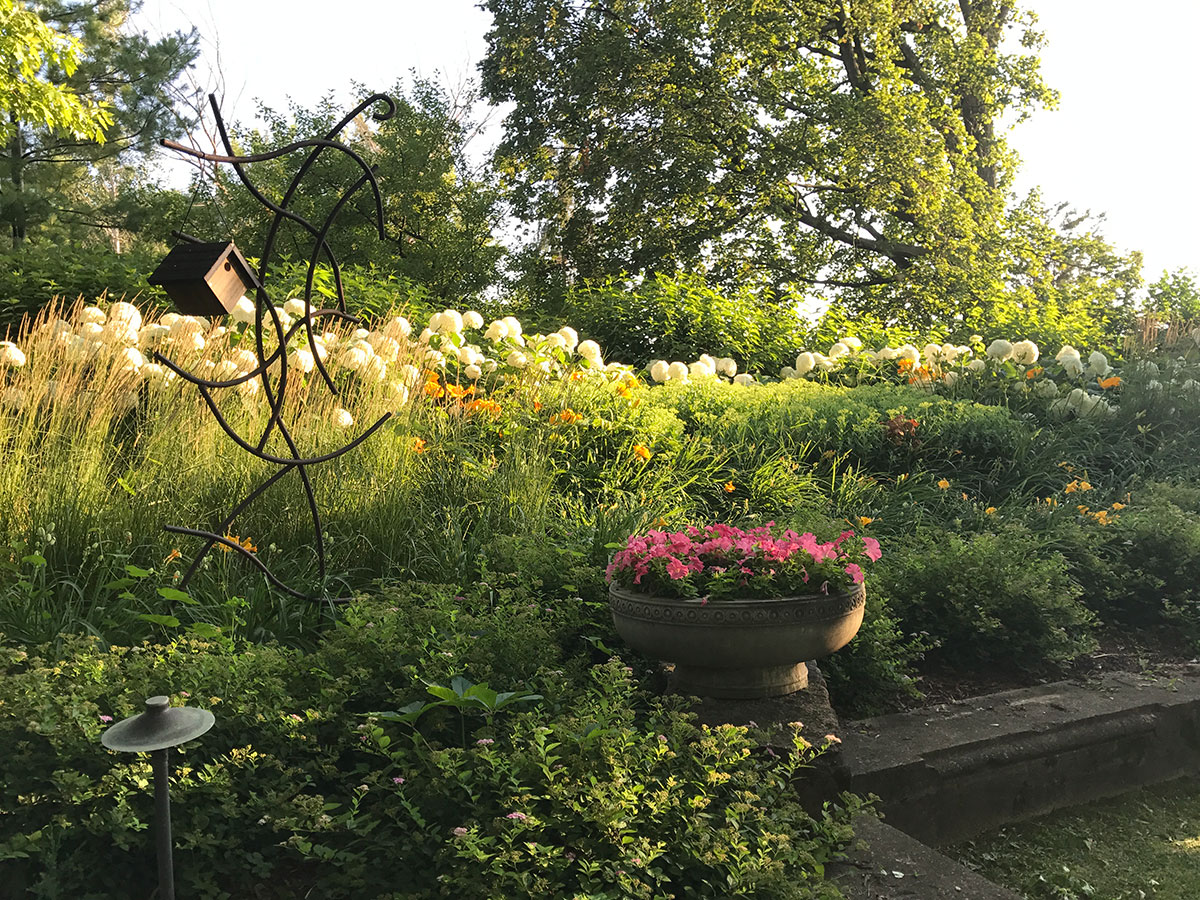
“The purpose behind No Mow May is to allow grass and wildflowers to grow unbothered for a month to create habitats and food sources for early-season pollinators—when other flowers are scarce” (Real Simple Mag).
Here is a list of common weeds that bloom in May that provide some support to pollinators:
- Chickweed
- Dandelion
- Wild Geranium
- Oxalis (Yellow Woodsorrel)
- Clover
- Creeping Charlie
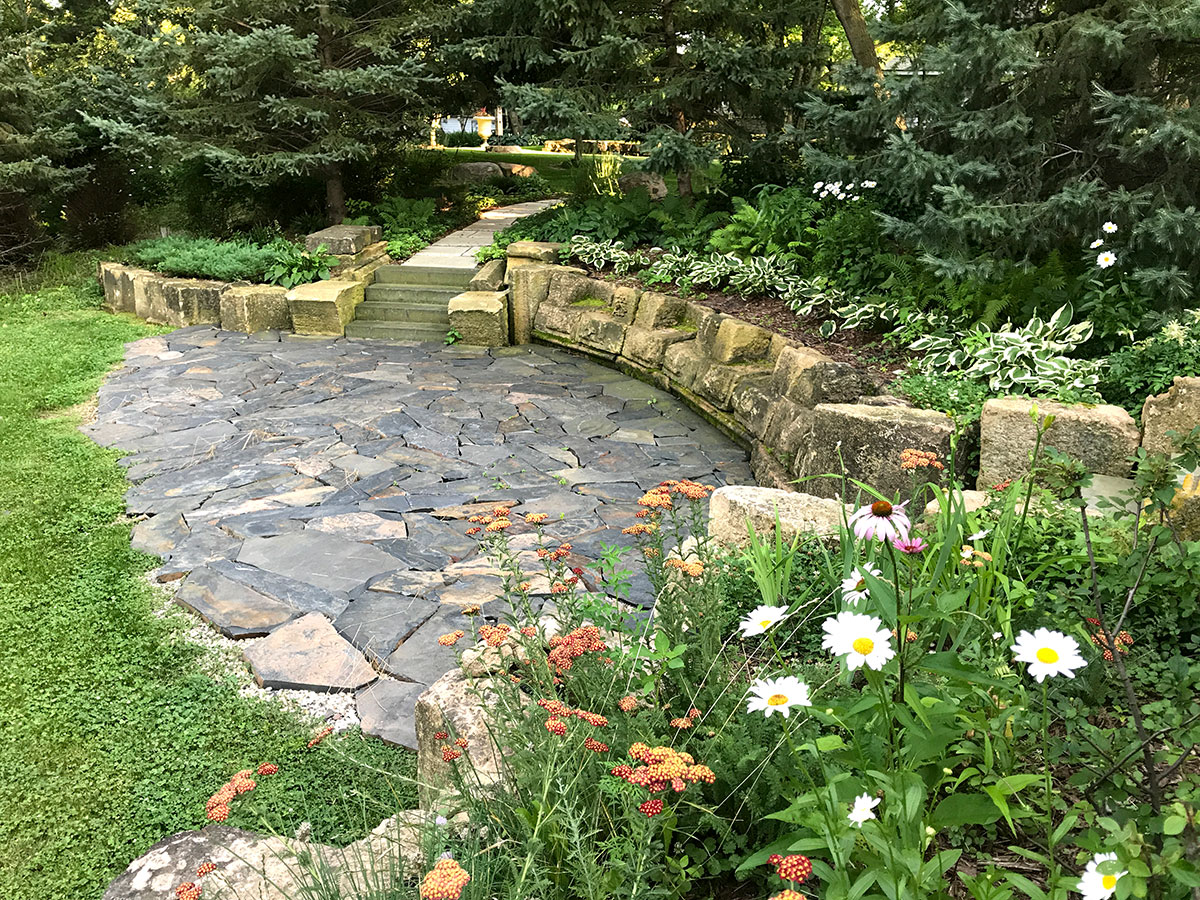
Here some options and thinking points you can use as guidance all season long:
- It should be called “Mow Less All Year”. Mowing every 2 weeks has proven to support the greatest numbers of bees.
- Keep the mowing deck high. This will protect the grass plants you have, especially if it’s a hot and dry summer like the one we are having.
- Plant pollinator-friendly plants in containers that bloom throughout the season.
- Dedicate a section of your lawn to a pollinator garden.
- Encourage blooms within the lawn. 5-10% of non-grass plants should be tolerable, especially clover and dandelions.
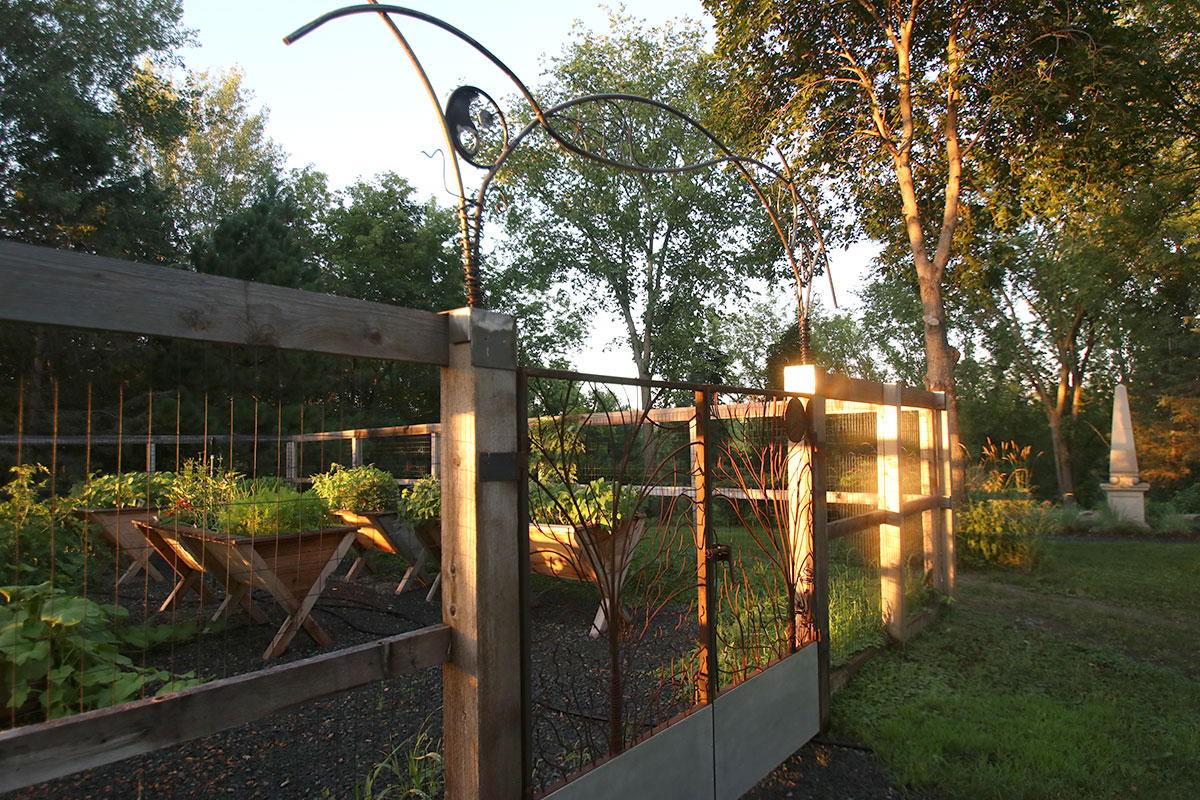
History Lesson:
Plantlife’s, a United Kingdom conservation charity started the No Mow May movement in 2019 to show the importance of promoting biodiversity. In 2020, Appleton, Wisconsin became the first locality to create an ordinance giving people a choice not to mow their lawns in May—and more and more communities have started participating since (Real Simple).
I think any environmental awareness is a positive!
One Final Tip: Just don’t let your grass grow too long, because it could create a temporary safe haven for pollinators. Pollinators will go tell the other pollinators that they found a spot only to come back to nothing, which could cause them harm.
I have really enjoyed researching this to find out all the ways I can help pollinators flourish. It’s very-opening, yet a very simple philosophy. Enjoy the rest of your hot, dry summer and stop to smell the roses from time to time! We all need to slow down and breath more often…
